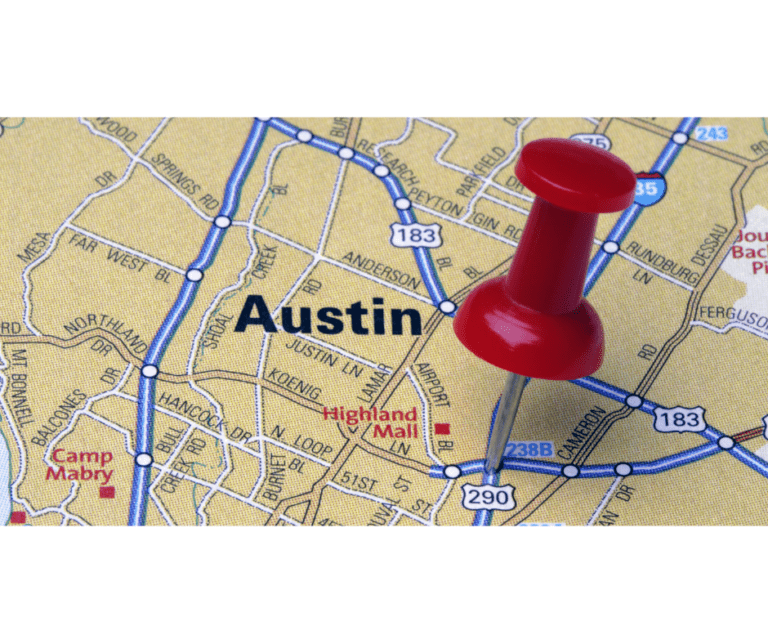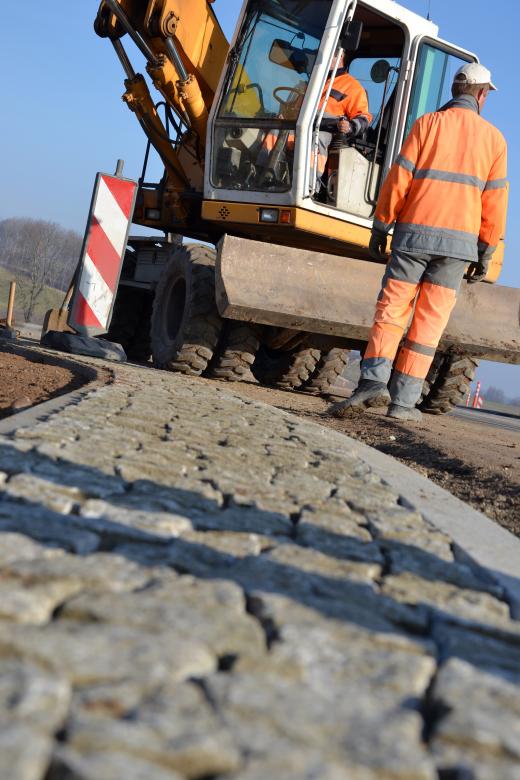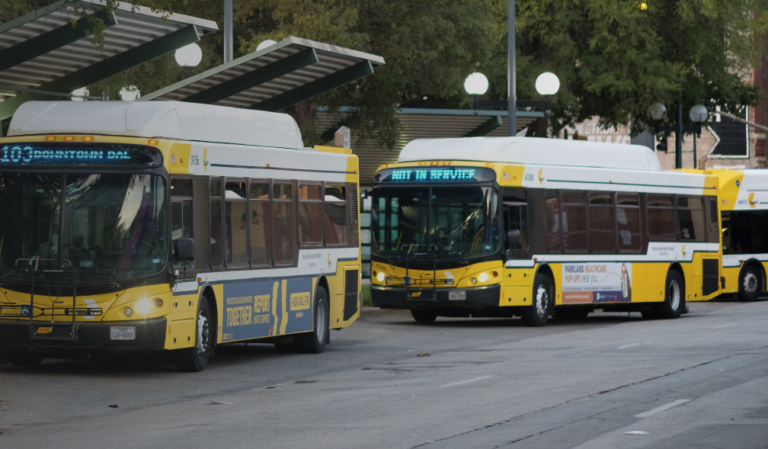
The U.S. Department of Energy (DOE) awarded $5 million to invest in a DFW Airport transportation study. The study will be conducted in partnership with the National Renewable Energy Laboratory (NREL) and Oak Ridge National Laboratory (ORNL), and other national leaders in transportation, aviation and aerospace to maximize energy productivity and identify improvements in convenience, and affordability in the transportation sector.
The $5 million research initiative is funded by the DOE’s Vehicle Technologies Office and will be conducted over three years. DFW Airport hosted the project kick-off at the Airport Headquarters Building on Nov. 27. Project milestones for year one include creating a digital twin of DFW Airport and connected urban transportation ecosystems to demonstrate a flexible, dynamic high-performance computing model that characterizes and visualizes multi-model passenger, freight movement, and energy flow.
“We are thrilled to partner with these research institutions and study how to effectively integrate and adapt to transformative technologies to benefit our customers,” said DFW Airport Executive Vice President of Operations, Chad Makovsky. “Our partnership with NREL and ORNL will help provide opportunities for the entire region to explore the best ways to transform, innovate and invest for the future.”
Researchers at NREL and ORNL will identify technology approaches that maximize mobility energy productivity – or the overall quality of mobility with respect to time, cost, and energy – of passenger and freight options within the Airport.
“In year one, we will utilize the national laboratories’ high-performance computing to generate digital models based on real-world data from DFW and its transportation partners,” said NREL Associate Lab Director, Mechanical & Thermal Engineering Sciences, Johney Green. “These models will be used to support smart, energy-efficient mobility options for people and goods.”
These model results, combined with insights from the Airport and its operating partners, will inform realistic recommendations that can guide long-term technology integration investments at DFW and other transportation hubs over the next 20 years.
Source: DFW







